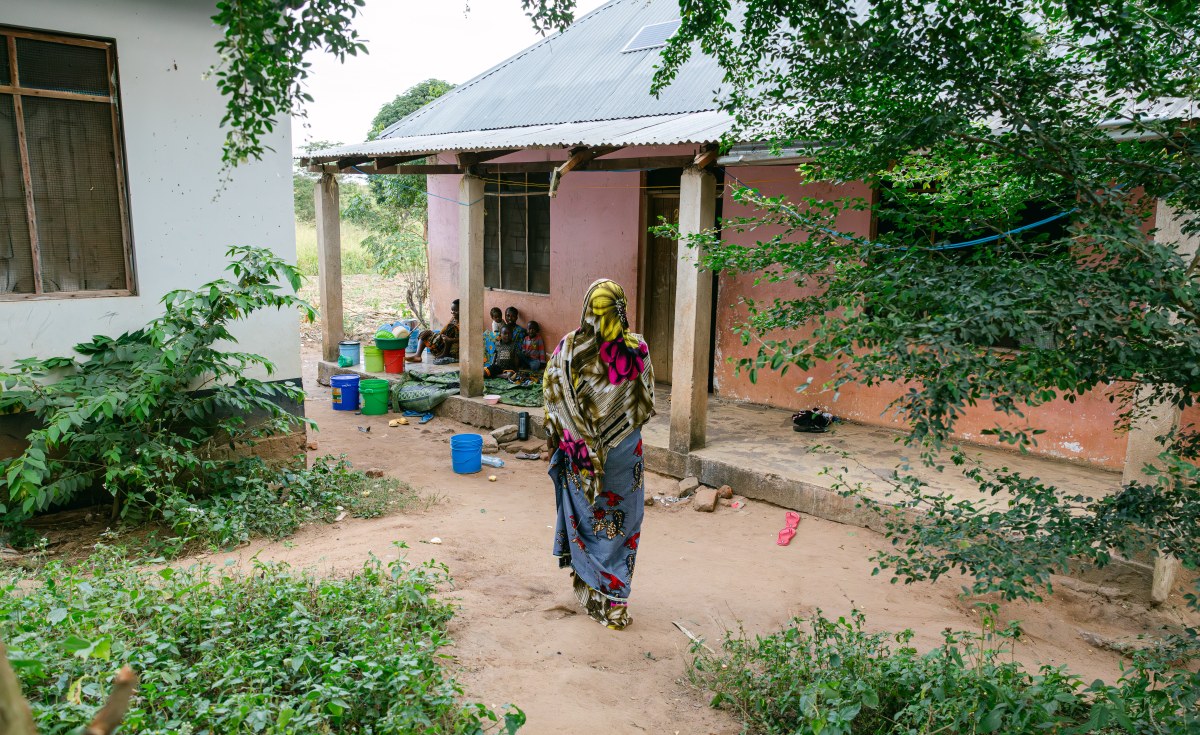Africa: Despite Progress, Funding Cuts Threaten to Reverse Africa's Fight Against Neglected Tropical Diseases

Africa Makes Strides in Combating Neglected Tropical Diseases Despite Significant Burden
Dar es Salaam, Tanzania – Despite carrying a disproportionately high burden of neglected tropical diseases (NTDs), Africa is witnessing accelerated progress in their control and elimination. The continent accounts for approximately 40% of the global NTD burden, impacting over 500 million individuals. However, recent successes in several countries offer a glimmer of hope in the fight against these debilitating illnesses.
The Scope of the Challenge
The World Health Organization (WHO) identifies 21 NTDs, and twenty of these are prevalent in Africa. Many nations grapple with multiple NTDs concurrently; more than three-quarters are co-endemic for at least five. Lymphatic filariasis (elephantiasis), onchocerciasis (river blindness), soil-transmitted helminthiasis (hookworm, whipworm, roundworm), schistosomiasis (bilharzia), and trachoma collectively constitute roughly 90% of the continent's NTD burden. These diseases disproportionately affect the poorest and most marginalized communities, perpetuating cycles of poverty and hindering socioeconomic development.
Dr. Fatima Diallo, a public health specialist at the African Union, emphasizes the interconnectedness of NTDs and poverty. "NTDs are not merely health problems; they are development challenges. They impair cognitive development in children, reduce worker productivity, and contribute to stigma and social exclusion," she notes. "Addressing NTDs requires a multi-sectoral approach involving health, education, sanitation, and economic empowerment."
Significant Progress Reported
As of August 2025, twenty-four African countries have successfully eliminated at least one NTD. Several nations have even managed to tackle multiple diseases, demonstrating the effectiveness of targeted interventions and sustained commitment. This progress is attributed, in part, to strong political will and adherence to the African Union Common African Position and Continental Framework on the Control and Elimination of NTDs, as well as the WHO NTD Roadmap.
Examples of Success
Togo eliminated lymphatic filariasis as a public health problem in 2017 and trachoma in 2022. Malawi has made significant progress in controlling schistosomiasis through mass drug administration programs. Ghana has reduced the prevalence of onchocerciasis through vector control and ivermectin distribution.
Factors Contributing to Success
Several factors have contributed to the recent gains in NTD control and elimination in Africa. These include:
Mass Drug Administration (MDA): Large-scale distribution of safe and effective medicines to at-risk populations. Vector Control: Measures to control the insects and other vectors that transmit NTDs. Improved Water, Sanitation, and Hygiene (WASH): Access to clean water and sanitation facilities reduces the transmission of many NTDs. Disease Surveillance: Strengthening surveillance systems to detect and respond to outbreaks quickly. Community Engagement: Involving communities in the design and implementation of NTD programs.
Challenges Remain
Despite the progress, significant challenges remain. Sustainable funding, strengthening health systems, and addressing drug resistance are crucial for sustaining the gains made and accelerating progress towards NTD elimination. Furthermore, climate change is expected to exacerbate the spread of some NTDs, requiring adaptive strategies.
Professor Adebayo Oluwole, an epidemiologist at the University of Ibadan, highlights the importance of sustained funding and research. "While MDA is effective in the short term, it is not a sustainable solution. We need to invest in research to develop new drugs and diagnostics, as well as strengthen health systems to ensure long-term control and elimination of NTDs," he argues.
Looking Ahead
The progress in combating NTDs in Africa offers a beacon of hope for millions affected by these diseases. Continued commitment from governments, international partners, and communities is essential to sustain the momentum and achieve the goal of eliminating NTDs as a public health problem in Africa. By addressing the underlying determinants of NTDs and strengthening health systems, Africa can pave the way for a healthier and more prosperous future for all its citizens.
Originally sourced from: AllAfrica
